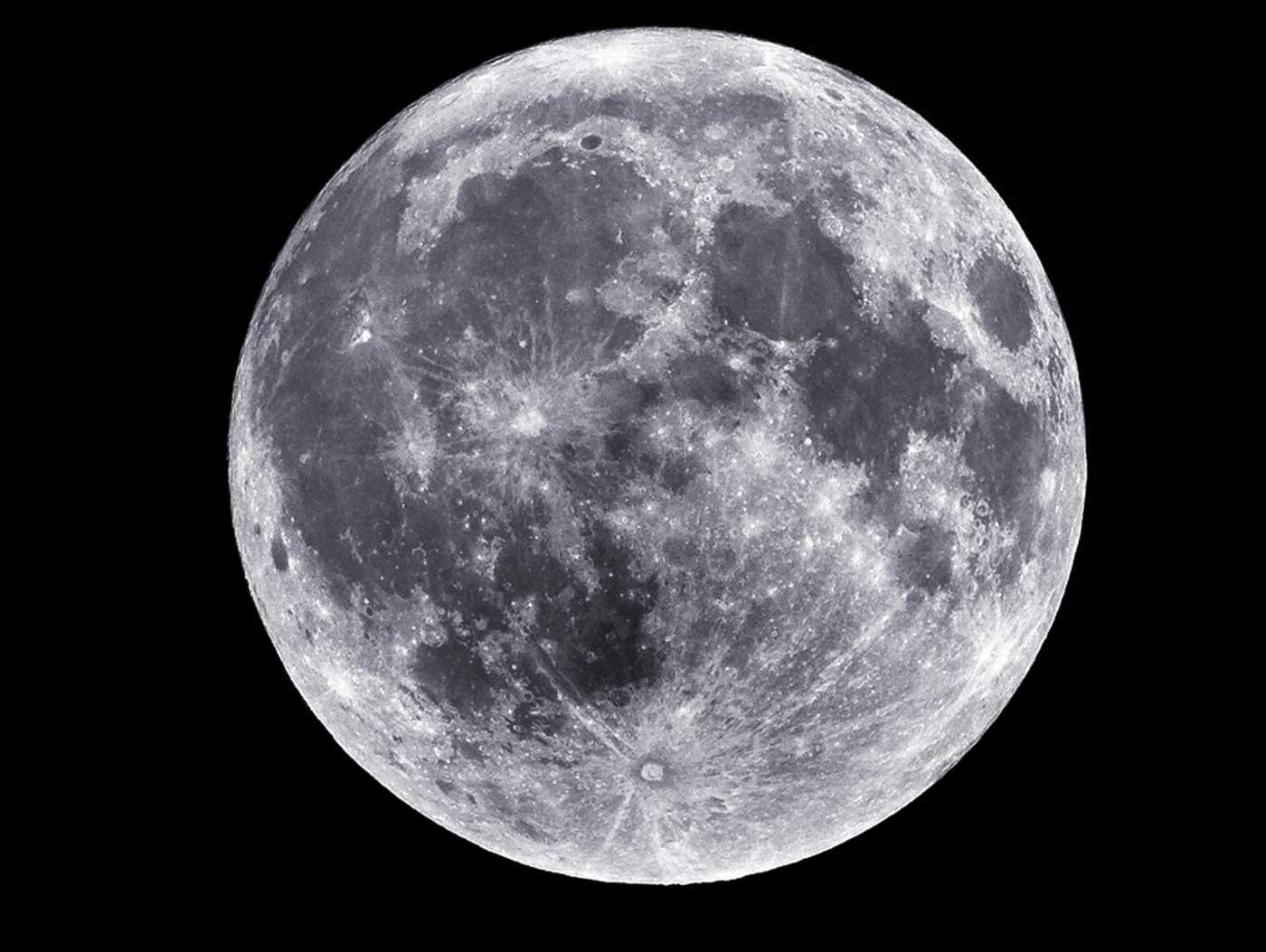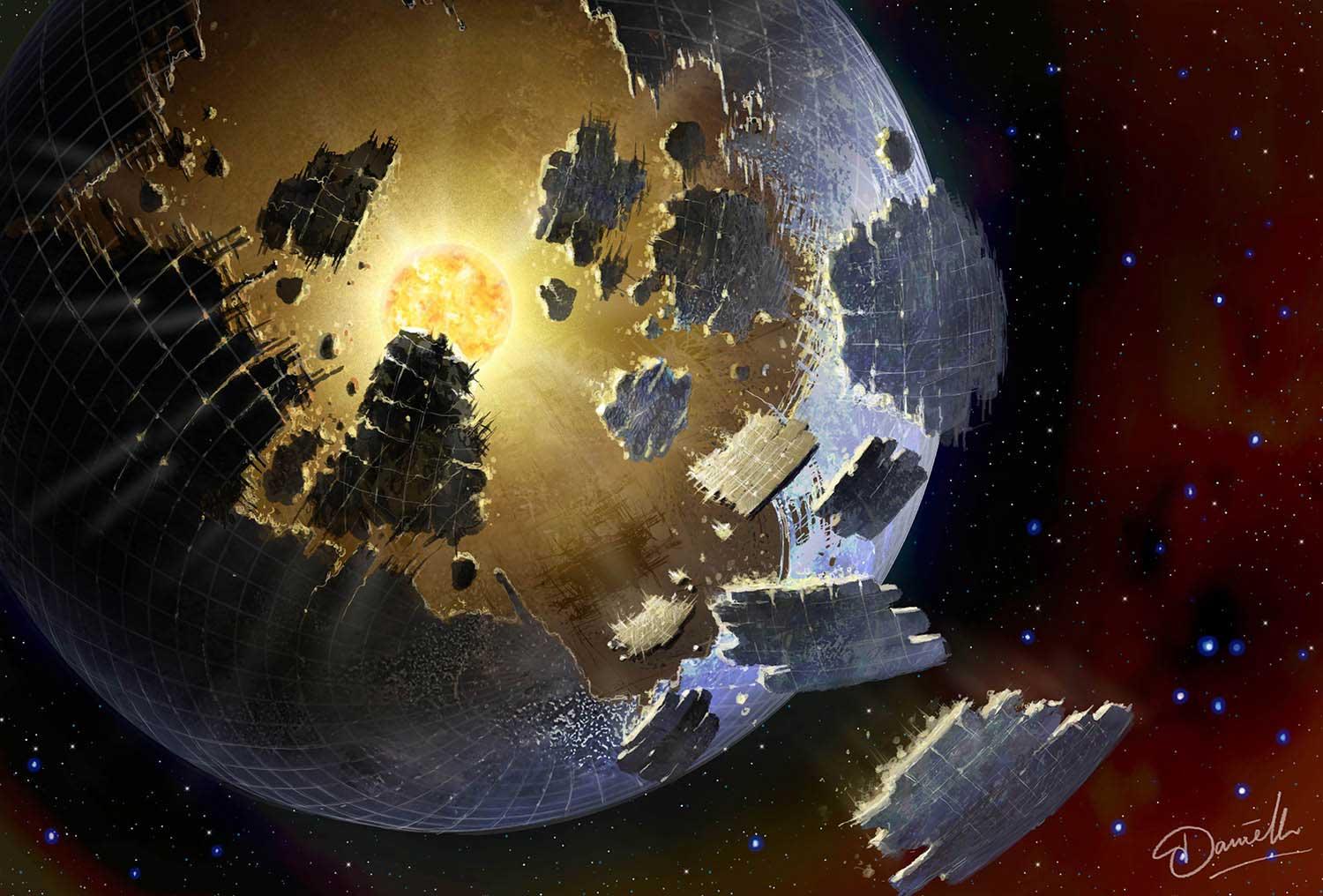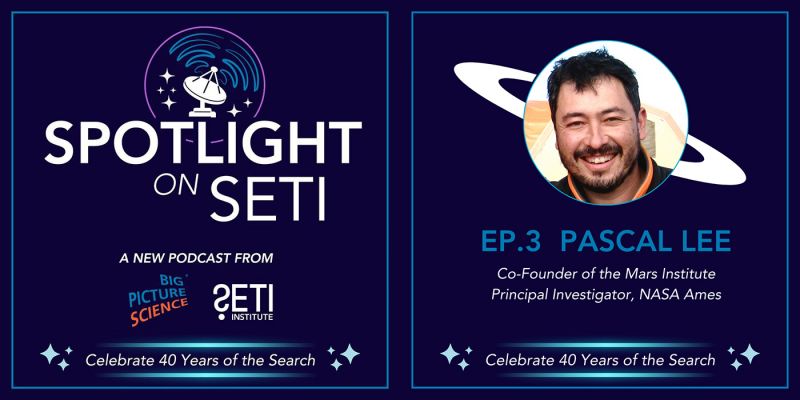
How “clean” is the moon? Although early manned missions to the moon took strict measures to prevent backwards contamination (the introduction of harmful extraterrestrial organisms to Earth), our moon proved to be lifeless. The challenge, it seems, is preventing forward contamination – bringing Earth microbes to other worlds, including our own moon. Research has shown that some organisms from Earth are hardy enough to survive even in space. The Committee on Space Research (COSPAR) developed guidelines that aim to prevent forward contamination. Scientific American consulted SETI Institute scientist and planetary protection consultant for NASA’s Office of Planetary Protection Andrew Spry:
“There are five COSPAR planetary protection categories,” Spry says. “Category I being that no precautions are needed to protect a target body. The ‘requirement’ is merely to demonstrate that your mission does not require any particular protection precautions.” Since 2008 the moon has been considered category II, meaning that whereas it is not a target in the search for life, exploration there merits a modicum of caution. This is because the satellite’s largely untrammeled surface offers unique clues about the history of our solar system—and perhaps the origins and evolution of life on Earth.
Another recently published Scientific American essay concerns planetary protection, although from a more philosophical standpoint. Titled “Astroethics and Cosmocentrism”, and written by SETI Institute Science Advisory Board member Steven J. Dick, the essay explores the deep ethical implications that would arise along with the discovery of E.T.:
In short, whether we discover alien microbes or advanced alien life, we will immediately be faced with the problem of how to interact. Welcome to the world of astroethics—the contemplation and development of ethical standards for a variety of outer space issues, including terraforming the planets, resource utilization, near-Earth asteroid threats, space exploration, planetary protection—and the discovery of extraterrestrial life.
The recent discovery of a possible underground lake of liquid water on Mars and the geysers of Enceladus and Europa, in addition to a growing number of discovered exoplanets and advances in signal detection, makes apparent the urgency of addressing both the practical and ethical challenges of planetary protection.
- Scientific American: Should the Moon Be Quarantined?
- Scientific American: Astroethics and Cosmocentrism
 Captured Stars: Novel Theory on Advanced Alien Technology
Captured Stars: Novel Theory on Advanced Alien TechnologySearching for aliens often defaults to searching for beings like ourselves, and sometimes assumes extraterrestrials will have technology similar to our own. An advanced race might have loftier goals than we could reach, however, according to a recently published paper. SETI Institute Senior Astronomer Seth Shostak, writing for NBC News MACH, covered the creative theory of physicist Dan Hooper of the Fermi National Accelerator Lab. Shostak summed up the idea that an alien civilization, concerned about the universe’s expansion, would capture and rearrange the stars:
They would snag them from surrounding galaxies and park them in their backyards for future use — a kind of nuclear nest egg that would provide sustenance during a dark and lonely future.
It’s an interesting idea for SETI researchers to ponder, as the artifacts and effects of such a venture might be detectable through relatively routine astronomical observations. Still, the undertaking would be almost inconceivably difficult and involve massive amounts of energy (even the energy from the stars themselves might not be enough):
It’s roughly equivalent to buying something by mail order and having to pay many times the item’s cost for shipping. That’s clearly unattractive, but you can always say it’s a technicality to be left to the aliens to figure out.
While Hooper’s speculation has a lot of challenges, but is at least inventive, and as Shostak points out:
… at least it doesn’t assume that the extraterrestrials are like us
- NBC News MACH: Why aliens might turn to star collecting to save themselves
In last week’s episode, the BiPiSci team’s monthly episode devoted to critical thinking took a close look at so-called “brain enhancing” video games, exercises, and supplements, in Skeptic Check: Brain Gain. Our previous week’s episode examined the materials that matter, from spider silk to space suits, in an encore of It’s In Material.
Last week on Facebook Live, SETI Institute Trustee Jonathan Knowles sat down with Nathalie Cabrol, Director of the Carl Sagan Center for the Study of Life in the Universe, to discuss the recent news of an underground lake on Mars. On our previous episode of Facebook Live, FDL Producer Sara Jennings introduced us the Frontier Development Lab (FDL) Space Resources team and what they’re working on. with Videos of all past Facebook Live events can be found on our Facebook page: https://www.facebook.com/SETIInstitute/
- SETI Talks: August 14, Menlo Park, CA Inspiring the Next Generation of Explorers – Education Programs at the SETI Institute
- WorldCon 76: August 16-20, San Jose, CA SETI Institute scientist Michael Busch will be participating, as well as a member of the SETI Institute Board of Trustees, Andrew Fraknoi
- International Astronomical Union: August 20-31, Vienna, Austria Franck Marchis, SETI Institute Senior Scientist will speak about adaptive optics and the Unistellar eVscope
- Our Journey Towards Mars: September 10, San Francisco, CA: SETI Institute scientist JR Skok will speak at the California Academy of Sciences
- Astronomical Society of the Pacific Annual Meeting: September 10-13, Rohnert Park, CA Molly Bentley, co-host of Big Picture Science, will participate in a panel discussion
- Astronomy Night: Searching for Aliens, Finding Ourselves: September 15, Mill Valley, CA Jill Tarter is the featured speaker
- Institute of Geophysics and Planetary Physics: September 28, Santa Cruz, CA SETI Institute scientist JR Skok will give a talk about the search for life in the Martian Hot Springs
- The World Above the Tetons Science Speaker Series: September 29, Teton Village, WY Jill Tarter will present Communicating Beyond Earth
- International Astronautical Conference: October 1-5, Bremen, Germany John Rummel, Senior Scientist at the SETI Institute will be chairing a session
- Maria Mitchell Women in Science Symposium: October 5-6, Wellesley, MA Jill Tarter will be a keynote speaker





